Lwiw - the city we would have liked to get to know under different circumstances
Published: 09.08.2023
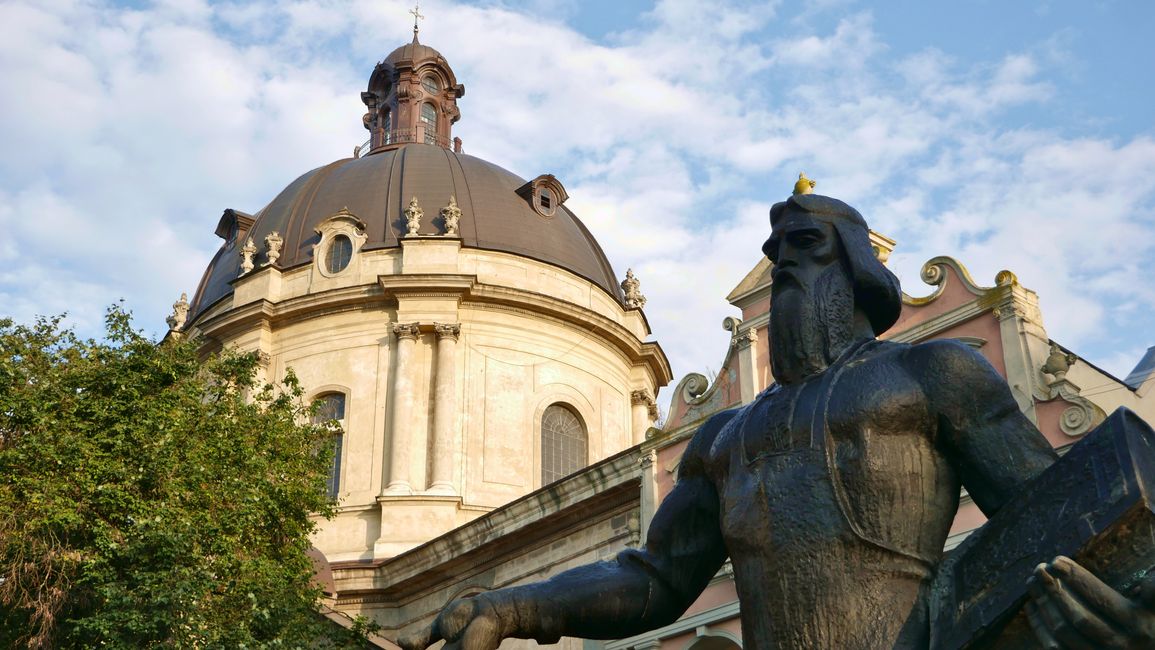
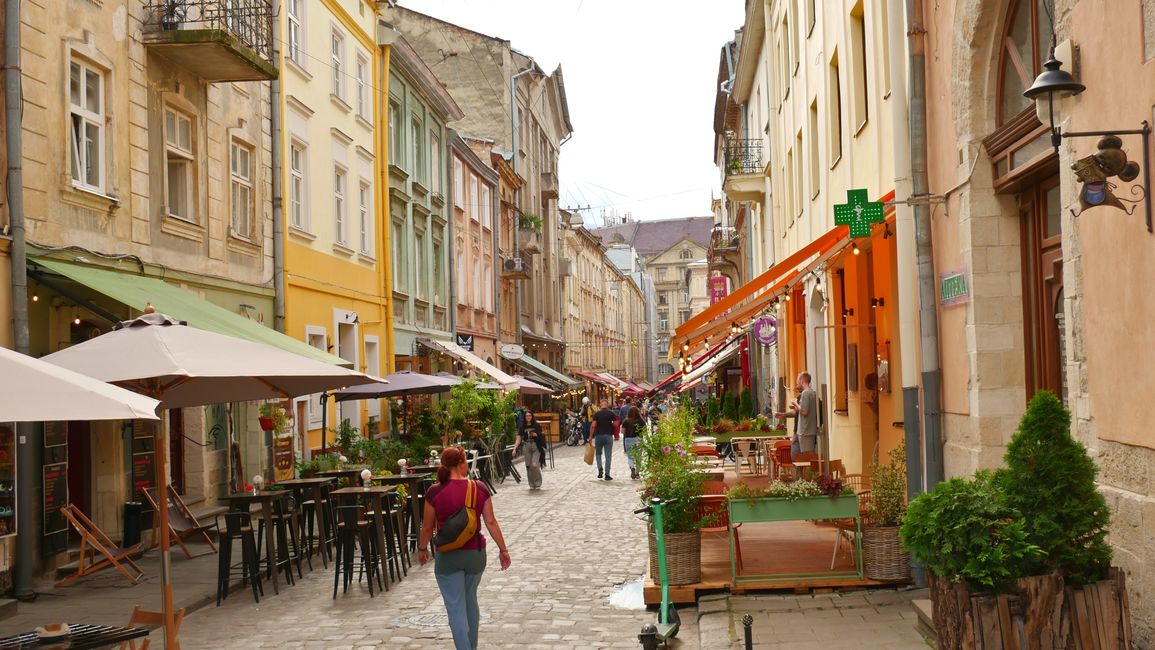
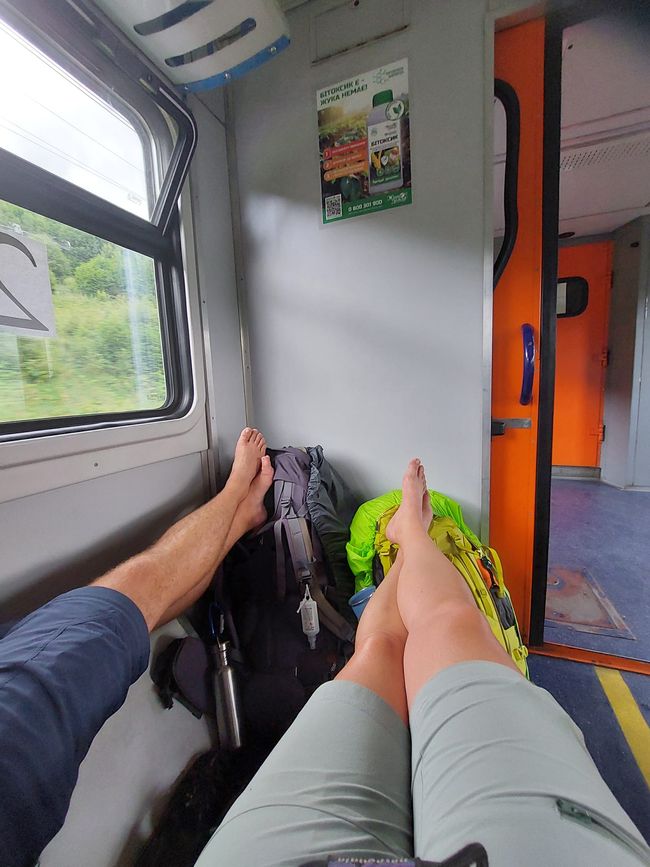
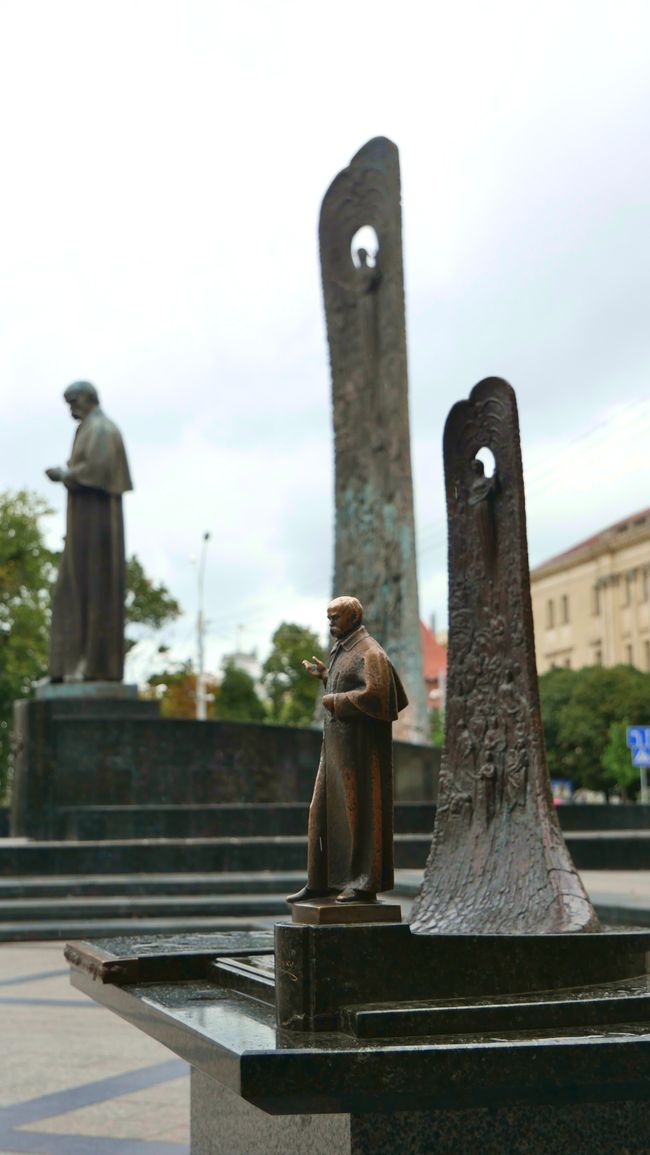
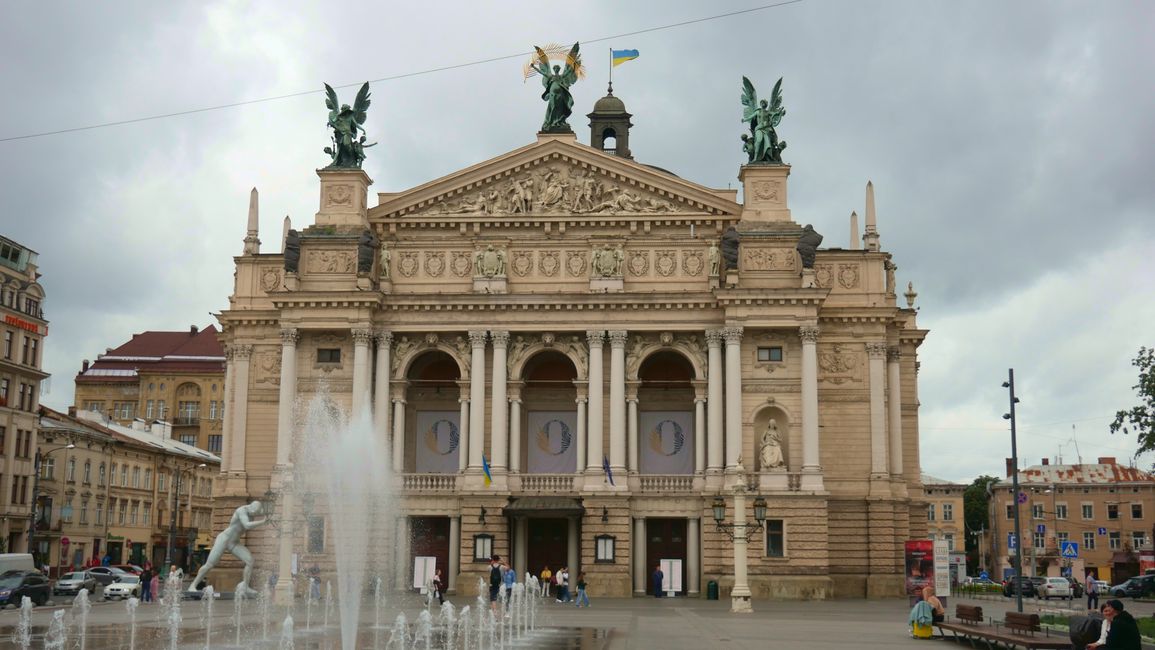
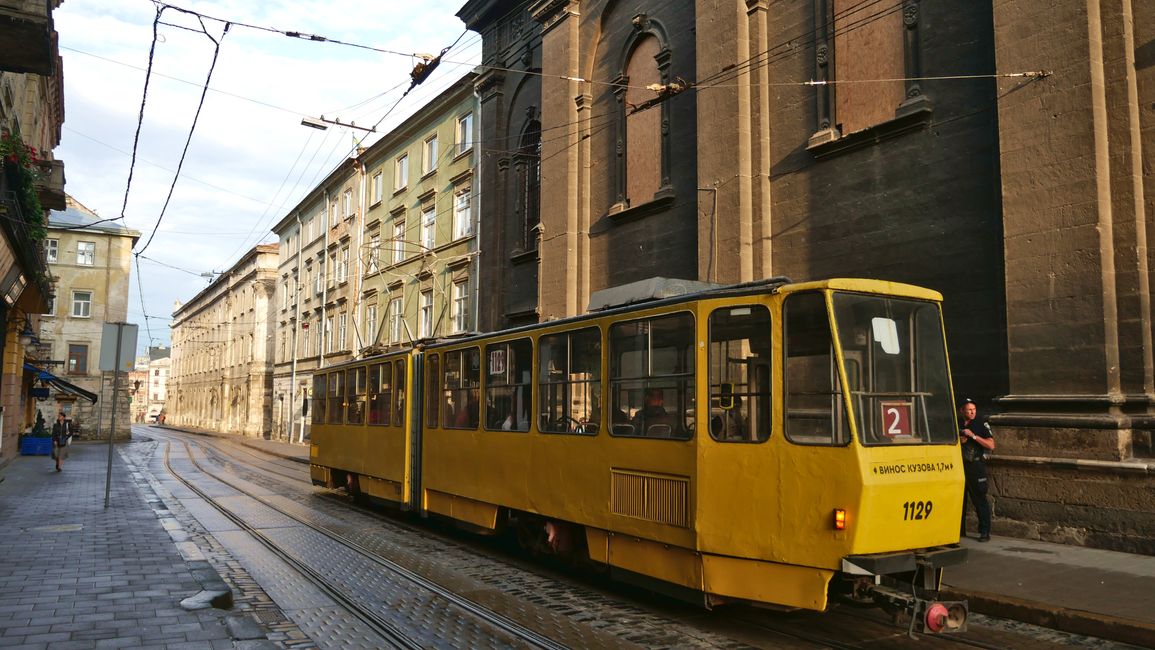
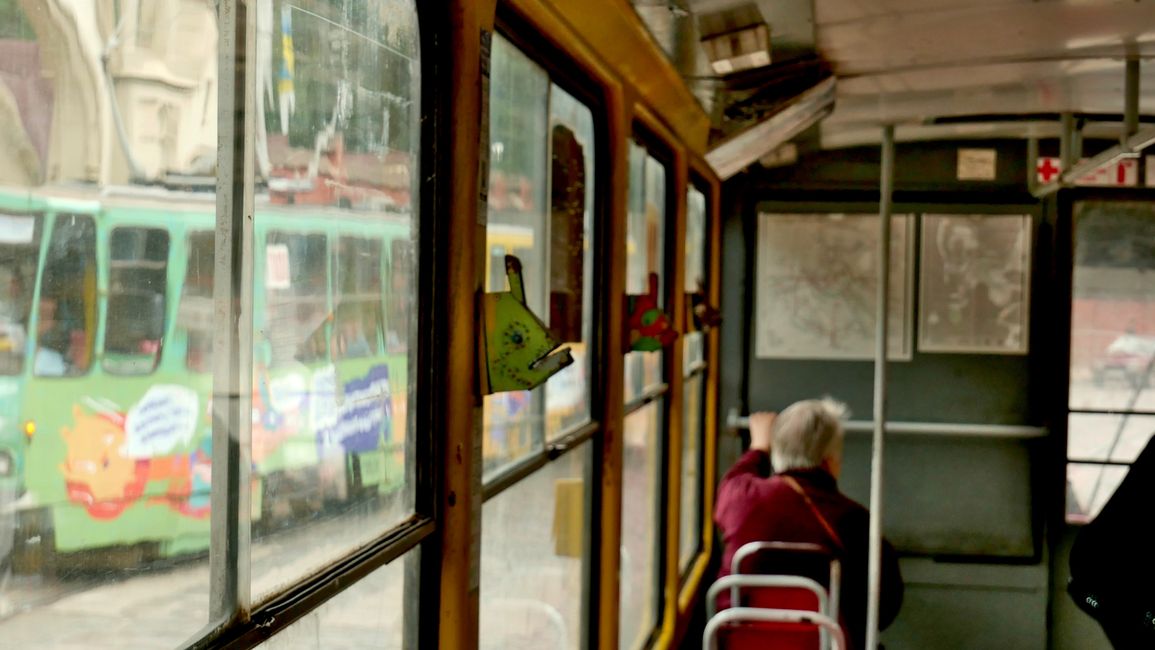
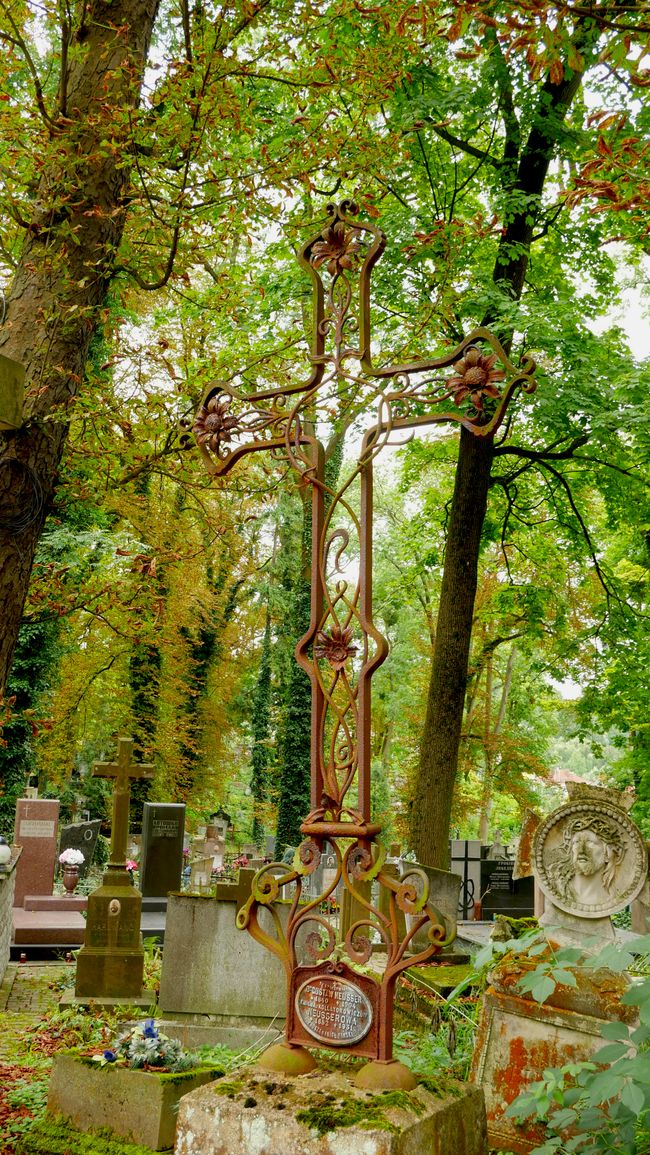
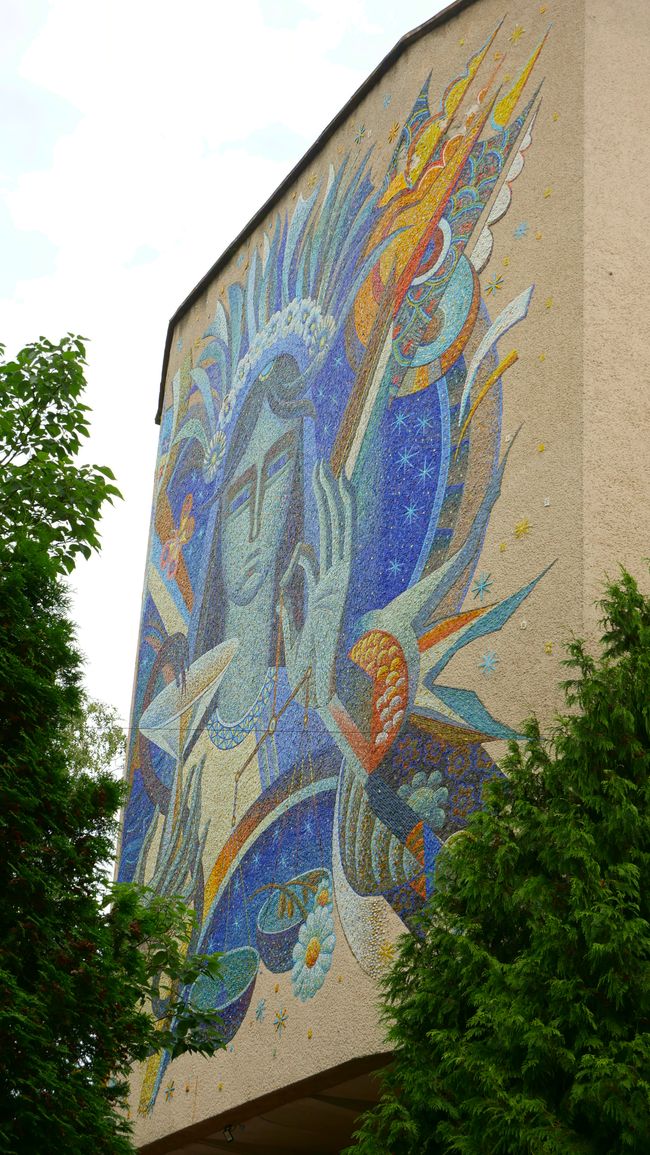
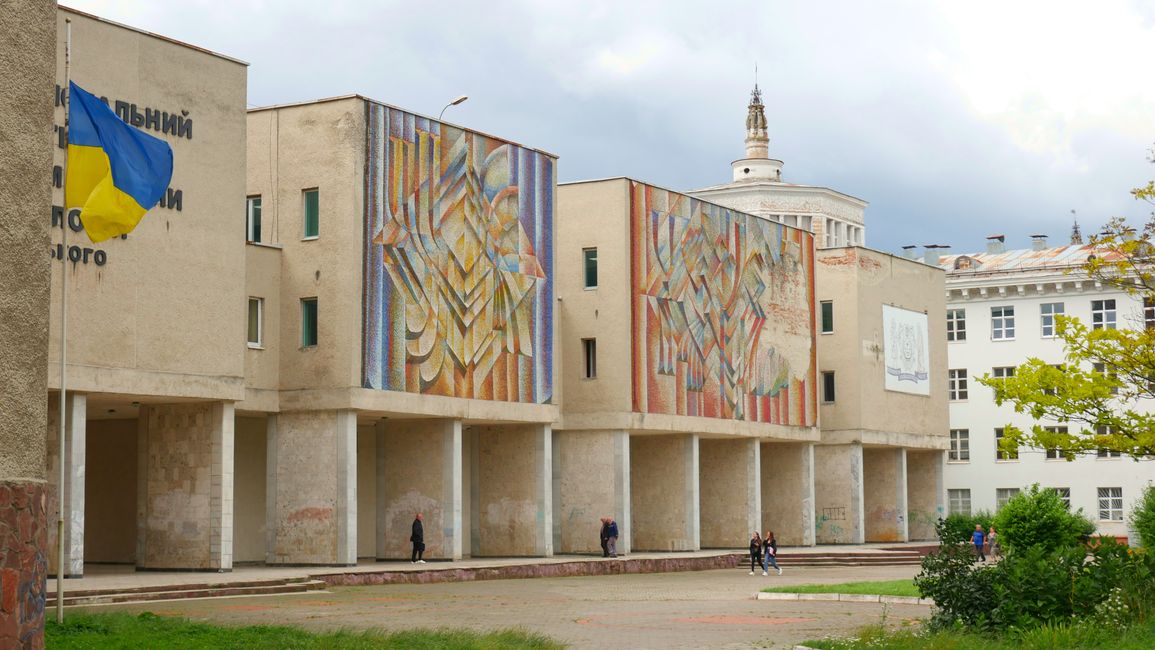
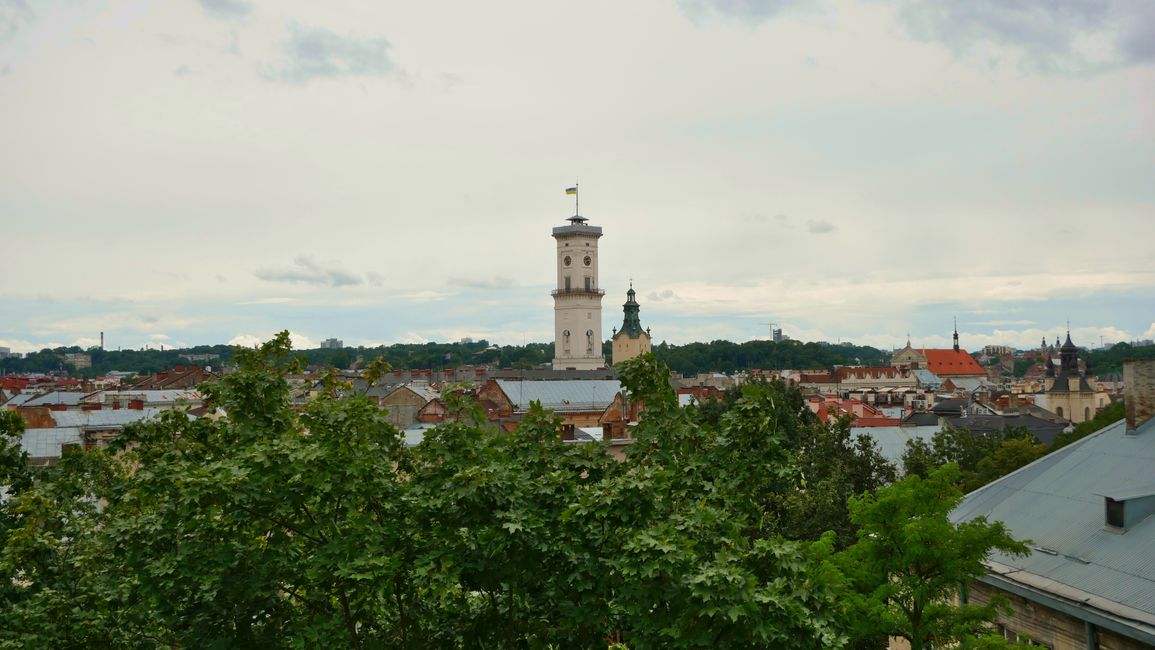
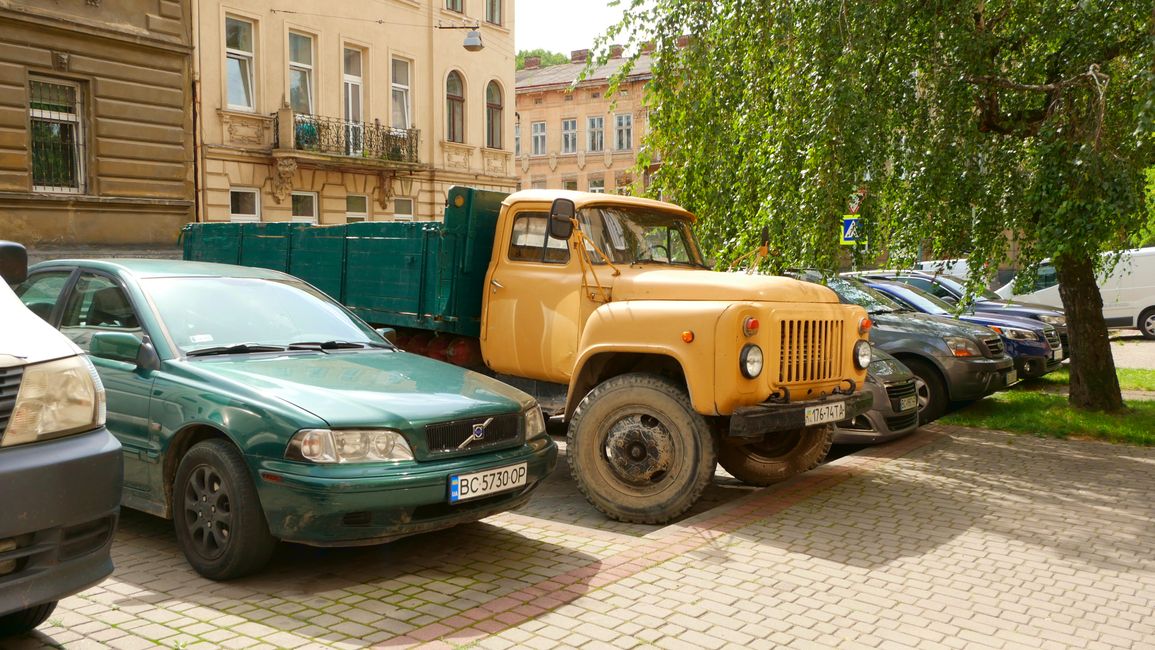
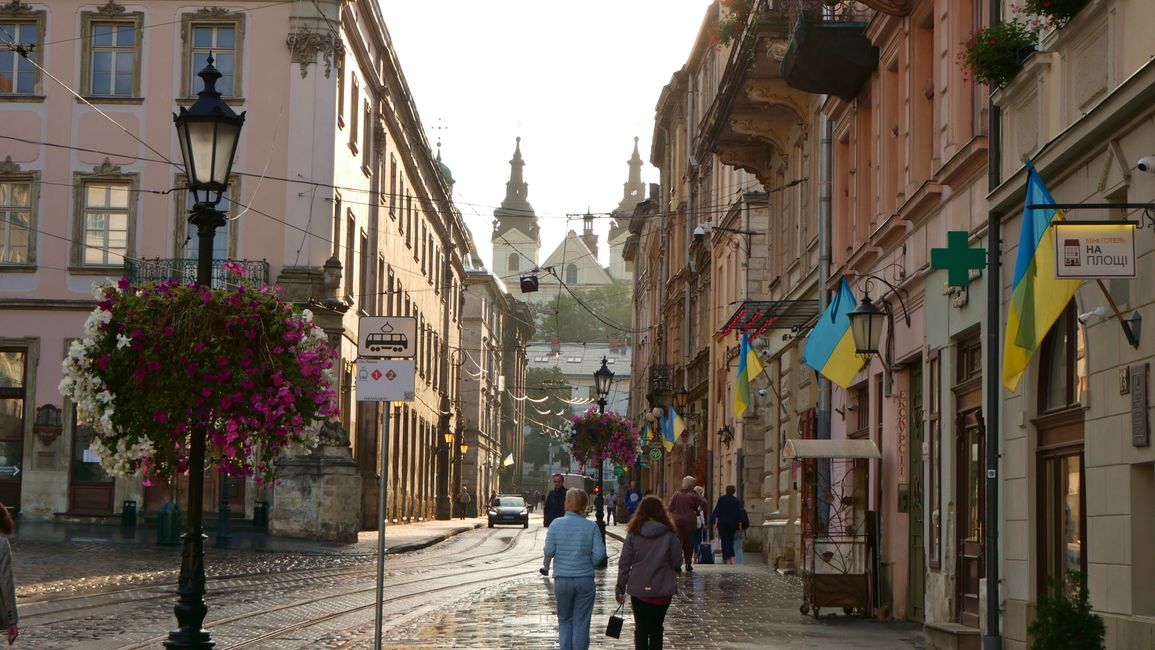
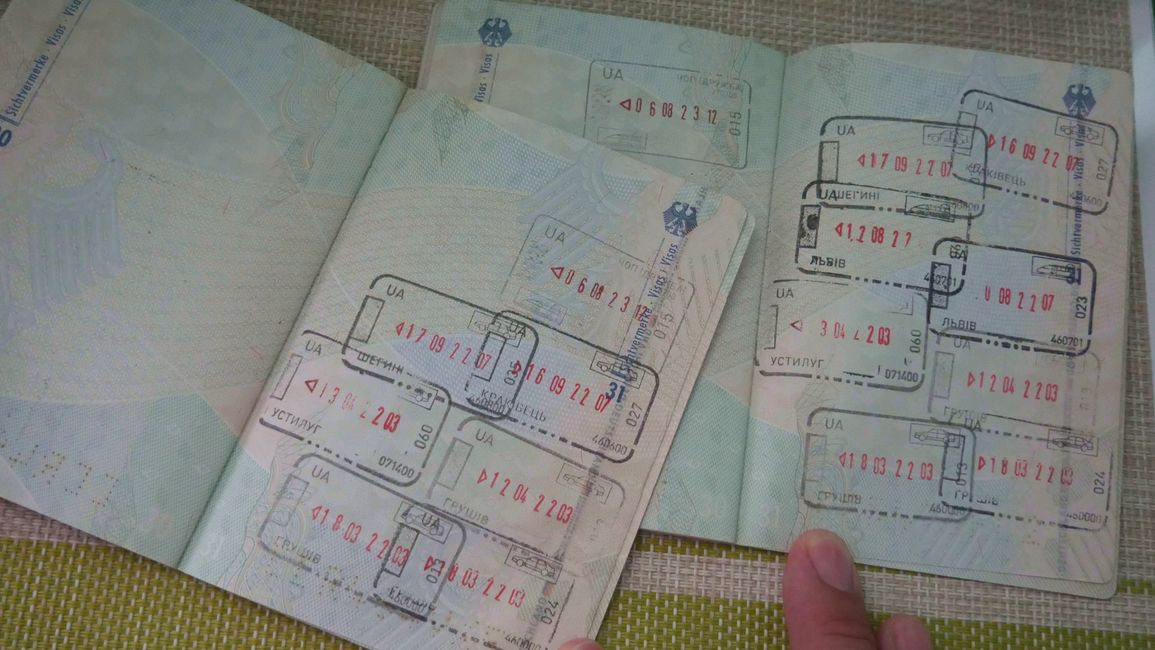
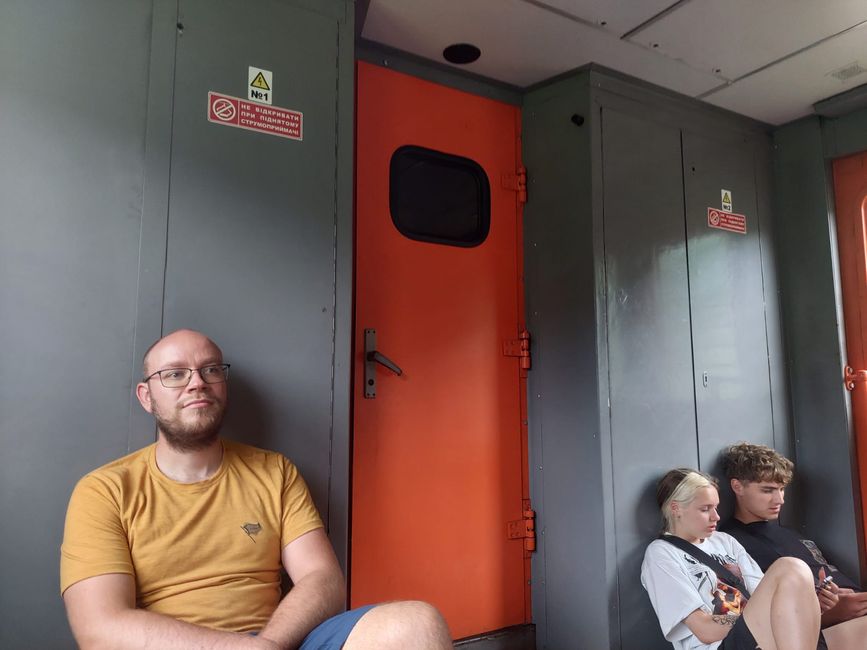
Subscribe to Newsletter
Ukraine has probably never been a real tourist destination and at the moment it is definitely not. However, when I was a teenager, I was already here in the vicinity, in Volodymyr-Volynskyi. At that time, the Erzgebirge Diaconie, together with other local actors, supported an orphanage, a hospital, and the fire brigade in the village. As a thank you, one school class per year was able to travel to Ukraine for two weeks.
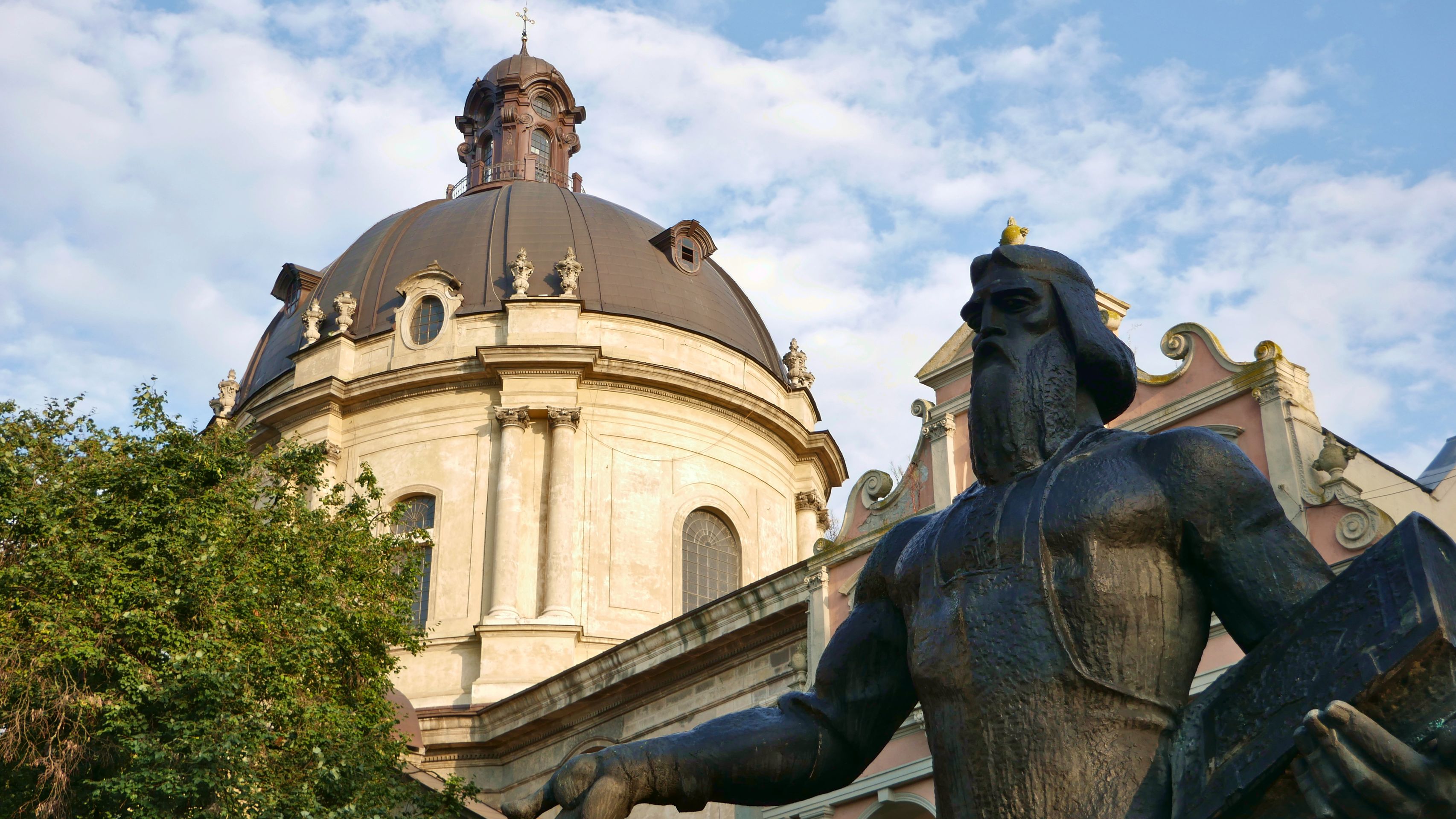
Through these experiences, I experienced the 24th of February 2022, when the Russian army invaded large parts of Ukraine, probably differently than many Central and Western Europeans. Not only was there suddenly war in Europe, I knew the landscapes from TV pictures, the warmth of the people, and the great hospitality with which they welcomed strangers. So it didn't take long for us to arrive at the Polish-Ukrainian border for the first time with relief supplies. Shortly afterwards, the first entry stamp in my passport is from March 18, 2022, we were also in Lwiw - with two vans packed with medical supplies, medicines, and other things that were urgently needed.

Back then, it was a city in a state of emergency: filled with refugees from the east, a hub for traffic to the west, and yet you could tell that it is a cultural center. Just as the Ukrainians often preserved their pride on the run with only a few belongings, this city also preserved its pride and character. At that time, we agreed that we would love to come back here in peace to get to know the city with the necessary time.

Now the time had come, even though this time we also have donation money with us to convert sanitary facilities for refugees from the east into disabled-friendly ones.
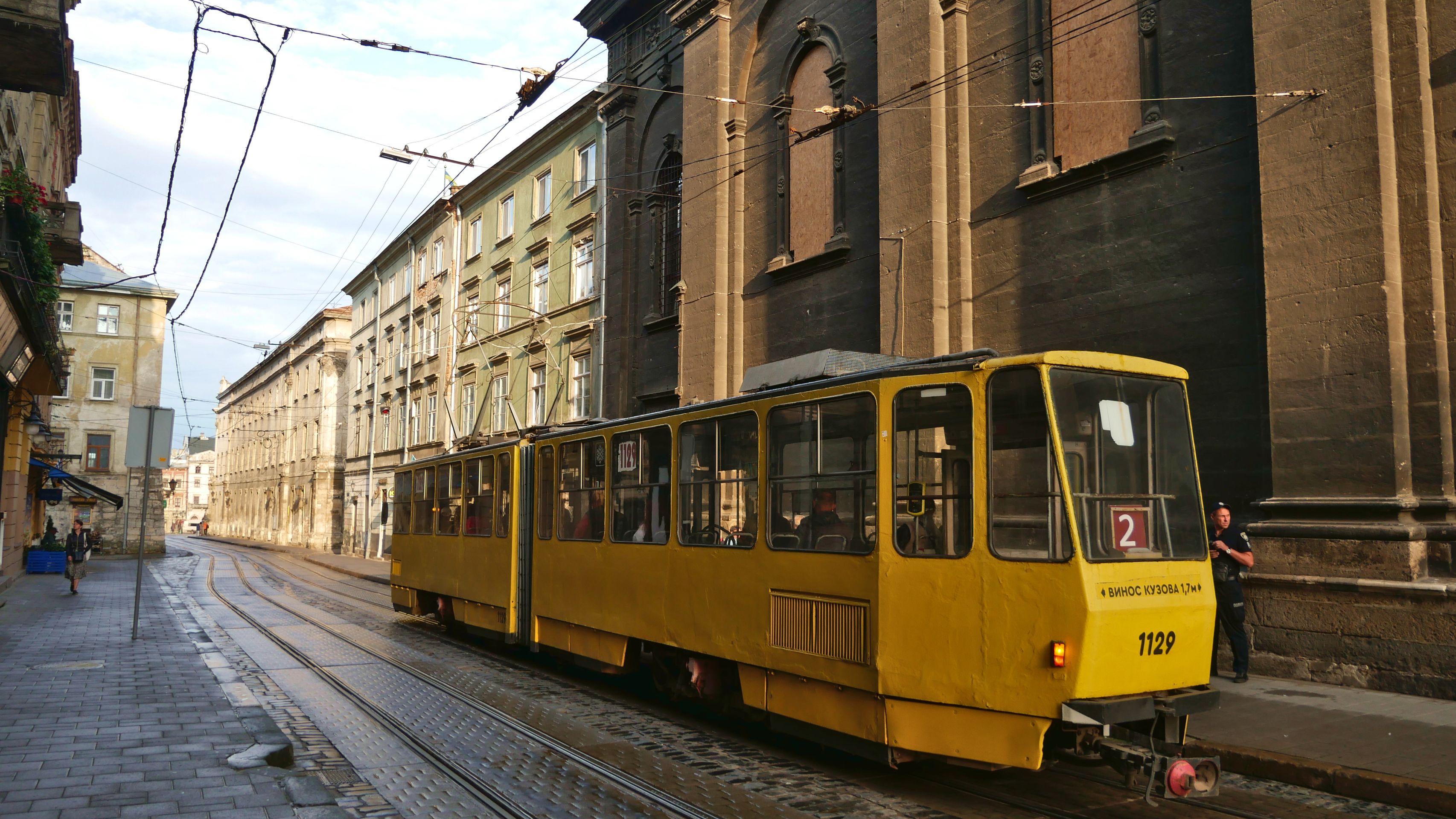
The journey there was typically Ukrainian and pragmatic. By train from Košice (Slovakia) across the border to Mukacheve, where we were properly shaken. After that, we just barely made the connection to Lwiw, but without time to buy a ticket or exchange money. The train conductor asked us in perfect English to just sit down somewhere, she would find a solution. Gradually, the train became really crowded and in Ukraine, tickets are only sold together with seat reservations. However, the train conductor did not want to let us sit on the floor, despite our assurances that sitting on our backpacks is comfortable (in fact, more comfortable than on the proper seats), and she always found vacant seats for us. Shortly before Lwiw, we were allowed to pay for our tickets after all, as we did not yet have Hryvnia, a 10 euro bill changed hands, and everyone was happy - we arrived in Lwiw earlier than planned, and the train conductor's kindness paid off for her (of course, we won't tell her employer about it).
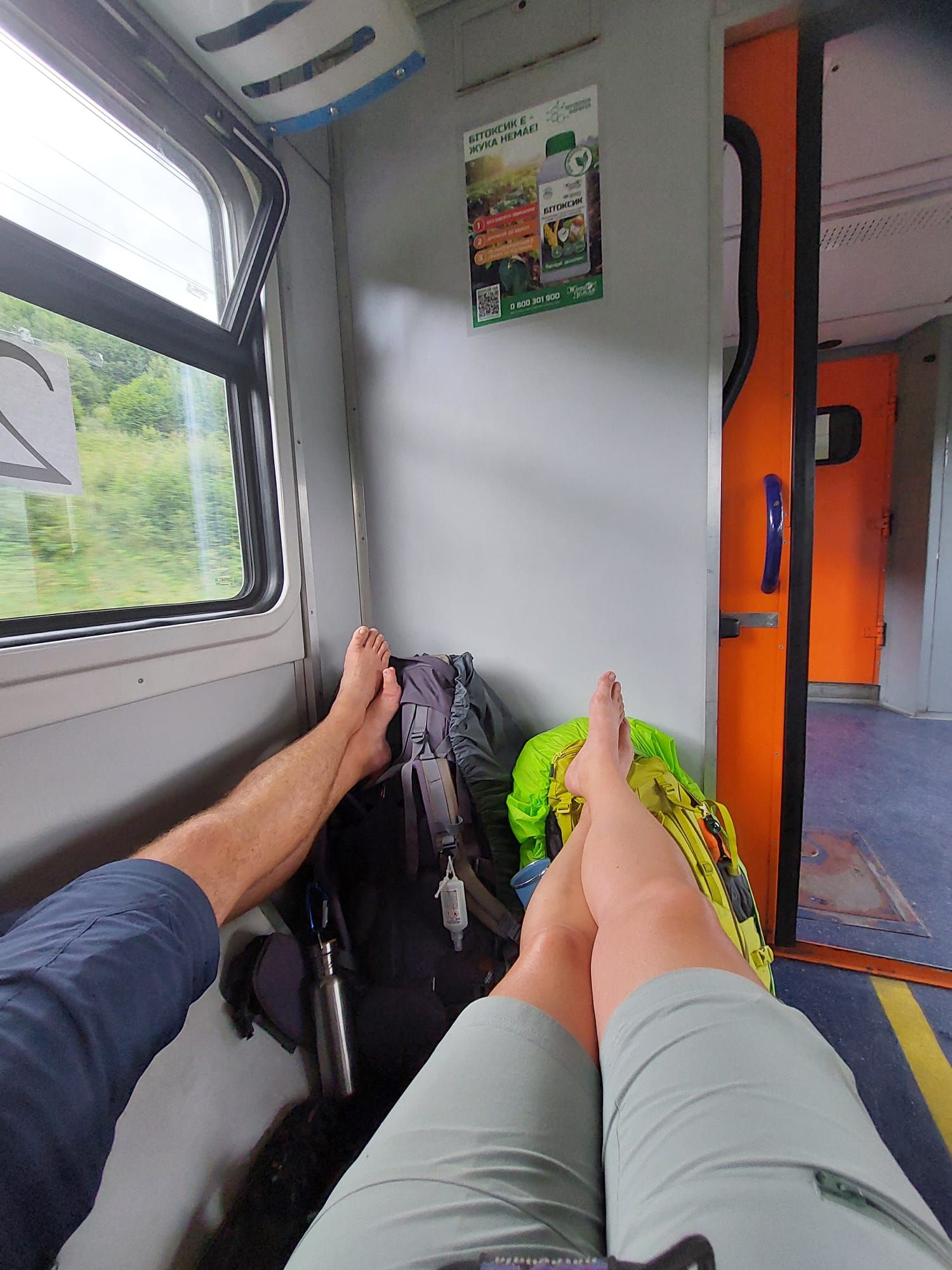
The city itself impresses with its Austro-Hungarian architecture in the old town, many museums, and even more churches and monasteries ranging from Roman Catholic to Greek Orthodox to Ukrainian Orthodox. There are parks everywhere that invite you to linger. If it weren't for the cellar windows of many public buildings being secured with sandbags, church windows being boarded up with planks and metal sheets, or sculptures being protected with iron cages against flying debris, you could forget that this country is at war. Nevertheless, we took a day to explore the beautiful sides of Lwiw and immerse ourselves in the soul of the city.

More about what else we did here in the next post.
Robert
Subscribe to Newsletter
Answer
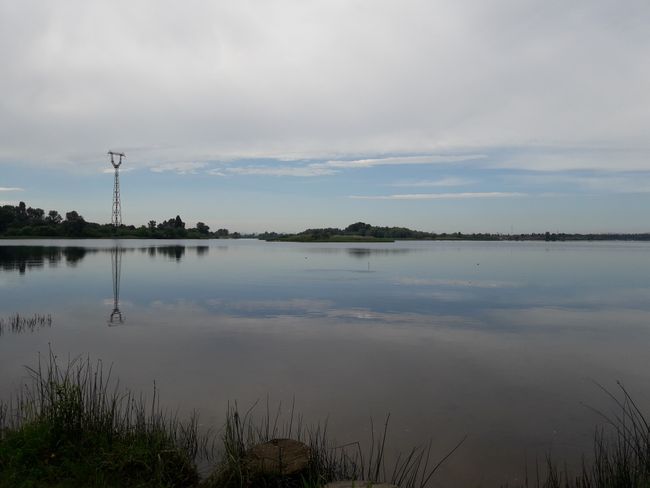
Travel reports Ukraine

